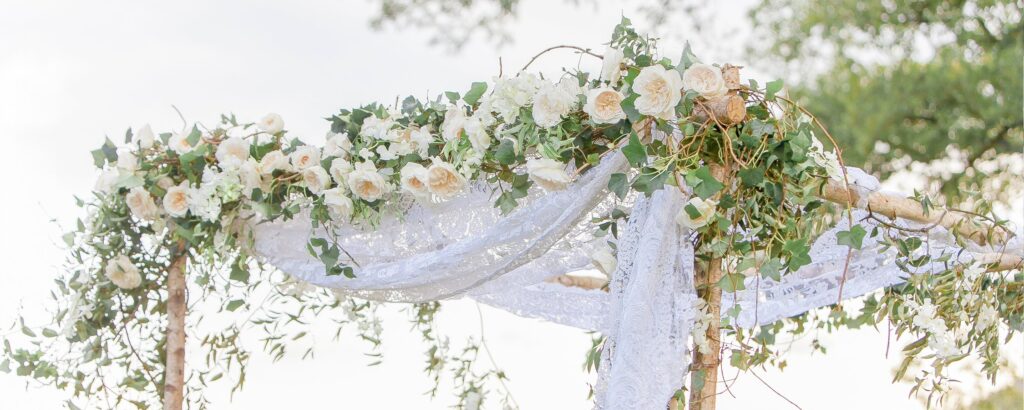
One important tradition is the selection of a ketubah, a special marriage contract that outlines the legal and financial obligations of both partners. This contract is typically signed by two witnesses and has symbolic significance within the Jewish faith.
Another important aspect is the choice of the officiant. Traditionally, Jewish weddings are officiated by a Rabbi or Cantor, but other religious leaders can also be present if desired.
Mazel Tov, you are getting married!
1 – WEDDING DAY FASTING
In addition to some key Wedding photography traditions, many couples practice fasting on their wedding day. This ritual is intended to place a greater spiritual and religious meaning on this special occasion. Whether you choose to fast for the entire day or just for part of it, the fasting ritual is a symbol of forgiveness, similar to Yom Kippur, the Day of Atonement, it can help to make your wedding more meaningful and memorable.
2 – TISCH
Something most couples include in their traditional Jewish wedding ceremony is the Tisch. This is a period of loud and atmospheric boy-time before the ceremony starts, usually involving some wine, dancing, and singing. The main ceremonial aspect of the Tisch is when the Rabbi will read through the ketubah, the Jewish marriage certificate, informing the groom about his responsibilities as a married Jewish man. The ketubah is signed before the wedding ceremony begins by the witnesses, frequently the Rabbi and one other individual. The groom holds up a ceremonial item, which symbolizes that he accepts these terms and will indeed go to the chuppah and get married. At this point, there’s no turning back! After the Tisch period is concluded and everyone has had their fill of wine and song, it’s time to proceed to the wedding.
3 – KETUBAH SIGNING
The ketubah signing is a significant ritual in Orthodox communities. This is when the marriage contract is signed by all major participants in the wedding: the groom, the Rabbi, and two male witnesses. However, this practice may also be observed at Reform and Conservative weddings. As part of this ritual, it’s traditional for brides to add a line and sign on their own if they want female witnesses present who will officially witness and authenticate these proceedings, the ketubah belongs to the bride.
4 – VEILING OF THE BRIDE
The groom veils the bride just before the wedding ceremony. This is usually a thrilling and emotionally charged time, especially when the groom and bride have not seen each other for days leading up to their wedding. During this brief ceremony, the groom veils the bride, and men arrive with loud song. Sometimes parents pray to their youngster as well as their soon-to-be daughter/son-in-law during this quick ceremony. After the veil ceremony, however, the bride and groom are no longer able to see each other until after the wedding ceremony. All this stems from the biblical story of Jacob marrying the wrong woman hidden behind a veil, this tradition helps to omit such trickery.
5 – TRADITIONAL JEWISH WEDDING – CHUPPAH
The groom proceeds first, then the bride is walked down the aisle to the chuppah, traditionally escorted by their parents. Then the actual wedding ceremony takes place under the chuppah, a ceremonial canopy. The chuppah is traditionally held up by four poles, symbolizing the home that the new couple will create together. Sometimes family members will also stand under the chuppah with them as a sign of support throughout the ceremony.
6 – CIRCLING THE GROOM
In a traditional Jewish wedding, it’s common for the bride to circle the groom seven times before the ceremony. This tradition is said to ward off evil spirits and create a barrier of protection around the new couple as they start their lives together.
7 – KIDDUSHIN
The actual wedding ceremony is conducted in Hebrew, and it’s called the kiddushin. During the kiddushin, the groom gives his fiancée a ring and says, “Behold, you are consecrated to me with this ring according to the law of Moses and Israel.”The word “kiddushin” actually means “consecration,” so this phrase is affirming that the couple is now married in the eyes of God. The bride then responds with an amen.
8 – SHEVA B’RACHOT
After the kiddushin, seven blessings are recited over the second cup of wine. These blessings are called the Sheva B’rachot, and they celebrate the new couple’s love for each other. They begin with the blessings and then progress to more deep and celebratory statements, ending with wishes of joy, peace, companionship, and the opportunity for the bride and groom to rejoice together. The groom then drinks from the cup, and traditionally, he offers the first sip to his bride, nownissuin(marriage) begins and the couple starts their life together.
9 – BREAKING OF THE GLASS
After the Sheva B’rachot, it’s time for the most iconic moment of a Jewish wedding: the breaking of the glass. The groom stomps on a glass wrapped in a napkin, and everyone shouts “Mazel tov!” There are many interpretations of this tradition. Some say that it’s a symbol of the destruction of the Temple in Jerusalem. Others believe that it represents the fragility of human relationships and is a reminder that marriage changes the lives of individuals forever. Regardless of its meaning, the breaking of the glass is an exciting moment that signals the end of the ceremony and the start of the celebration.
10 – YICHUD
In a traditional Jewish wedding, after the ceremony, the newlyweds spend at least eight minutes in a room alone together. This is called yichud, and it allows the new couple to reflect privately on their newfound relationship. It’s also customary for the bride and groom to share their first meal as husband and wife during this time.
11 – HORA, CHALLAH, MEZINKE
After the yichud ends, it’s time for a few more wedding traditions. The newlyweds make their first appearance as man and wife, descending from the chuppah to dance at the reception with both sets of parents and grandparents. Two dances are unique to Jewish weddings. The first is called the hora, where guests form a circle around the couple and hoist them into the air while they dance together. This custom has roots in ancient times when brides were taken from their homes by force during war or plundered by pirates, so dancing helped protect against such circumstances. Today, this tradition is done out of celebration rather than fear! The reception meal also starts with a blessing, hamotzi, with a loaf of challah bread enjoyed during holidays, it symbolizes love. After all these, the second dance is called the mezinke, and it’s a special dance for the parents of the bride or groom when their last child weds. This dance signifies the end of their parenting journey and the beginning of a new chapter in their lives.
12 – BIRKAT HAMAZON
The Birkat Hamazon is an important part of a Jewish wedding because it gives thanks for the food that has been enjoyed and also acknowledges the new relationship that has been formed. It’s a beautiful way to end the wedding ceremony by repeating the seven wedding blessings and pouring wine from two cups together for the newlyweds to drink from.
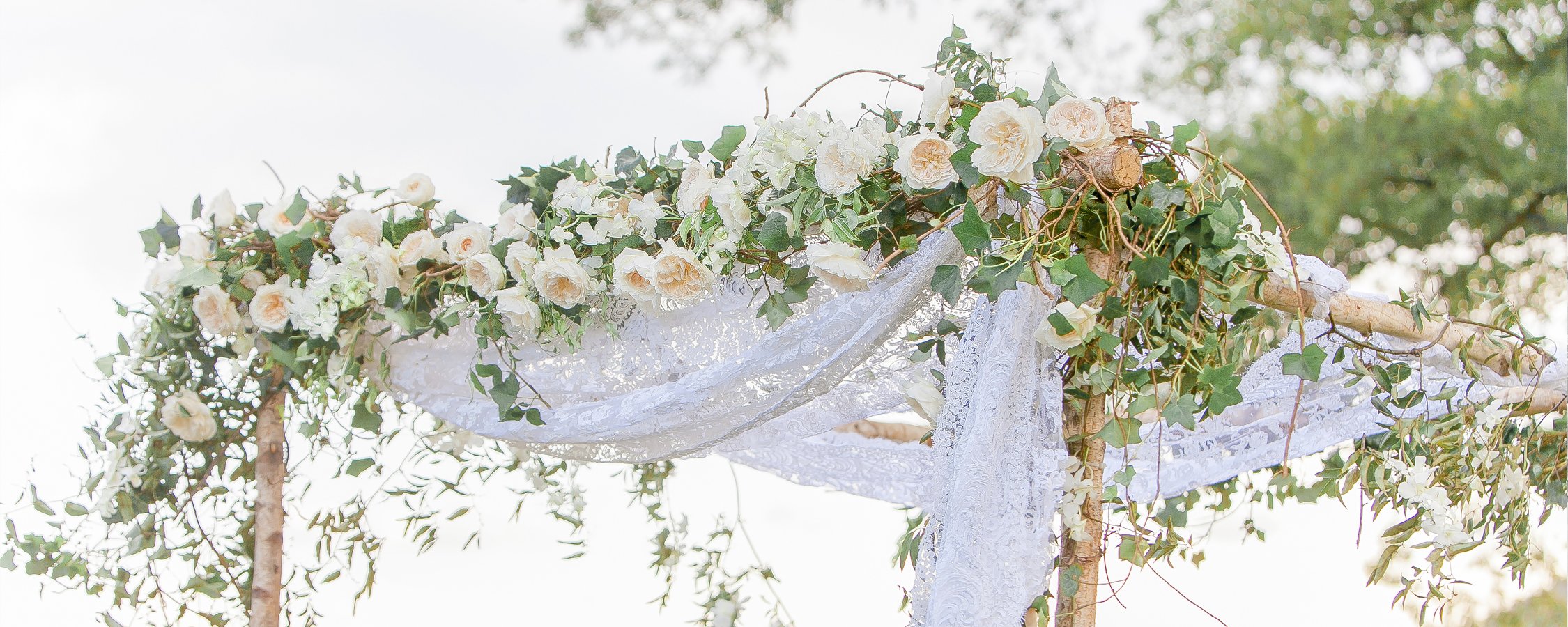
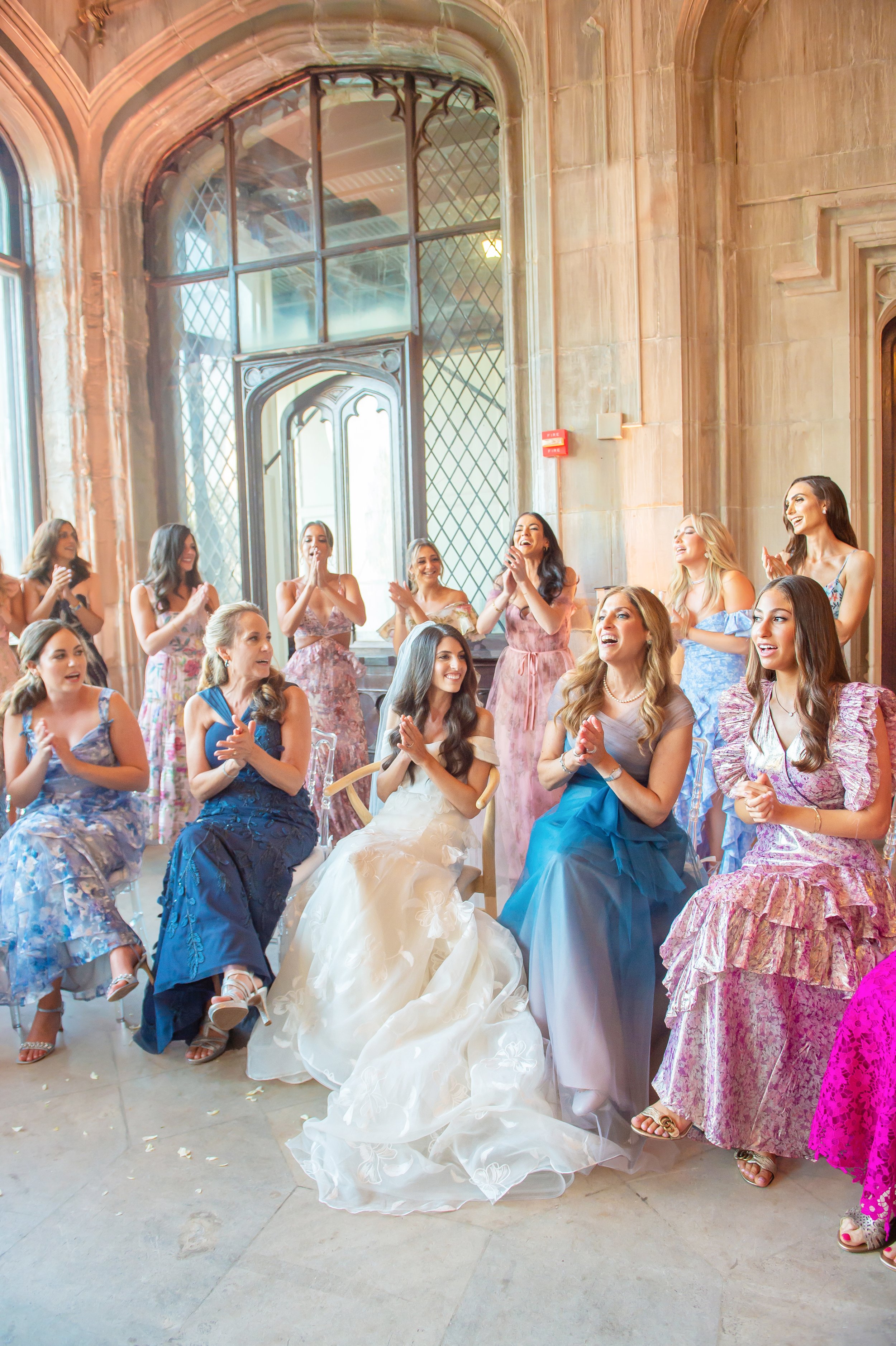
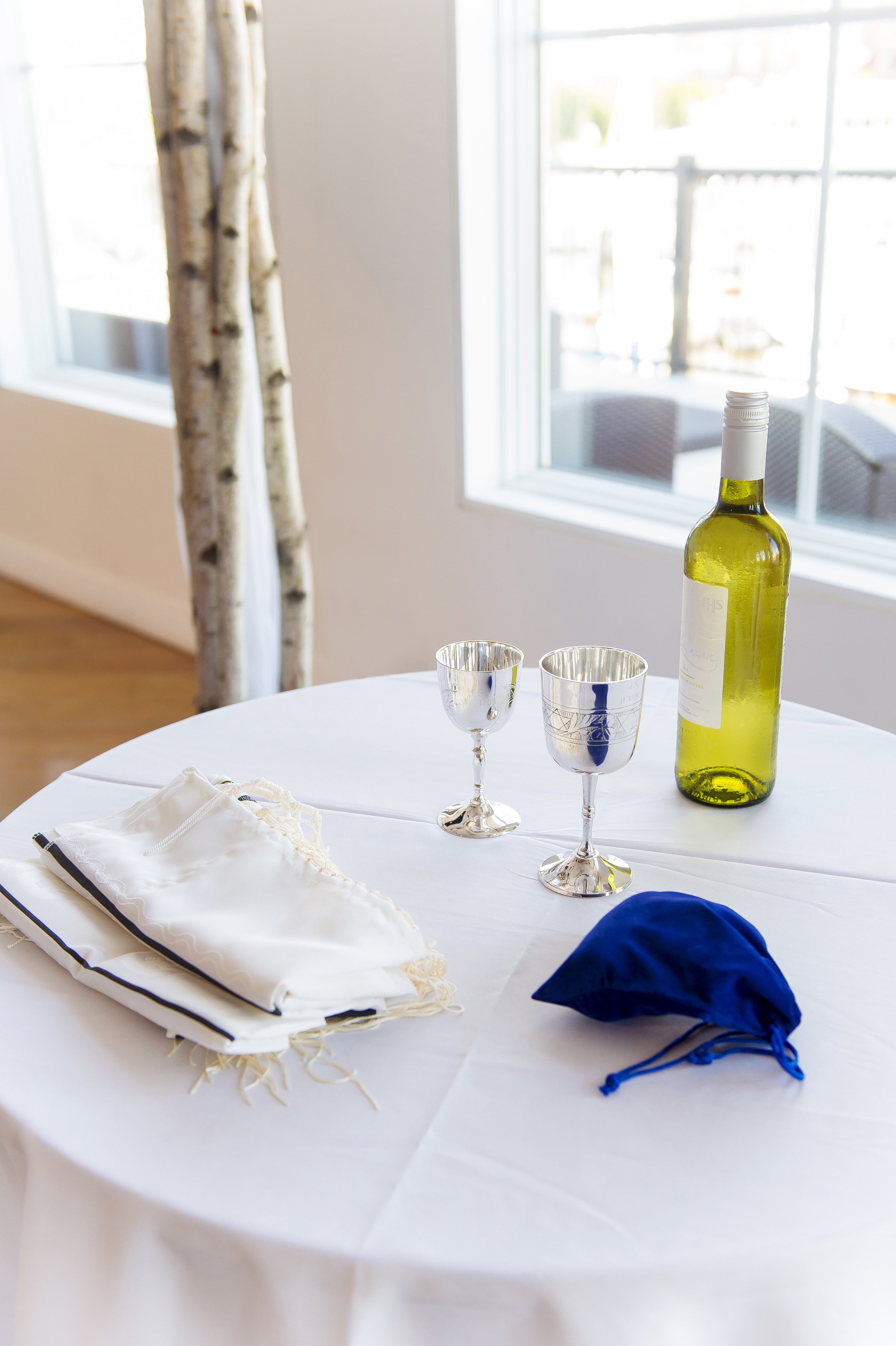

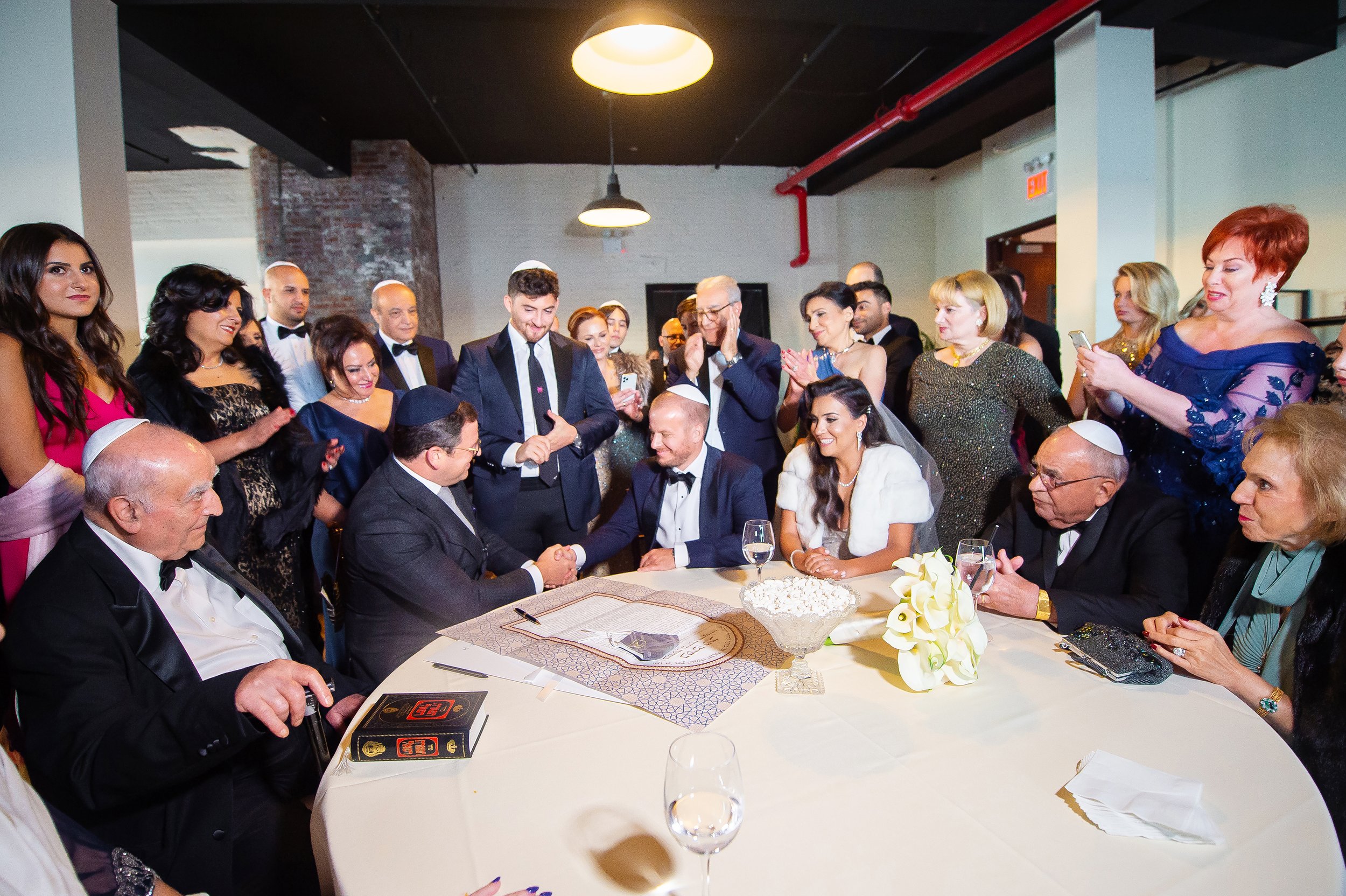

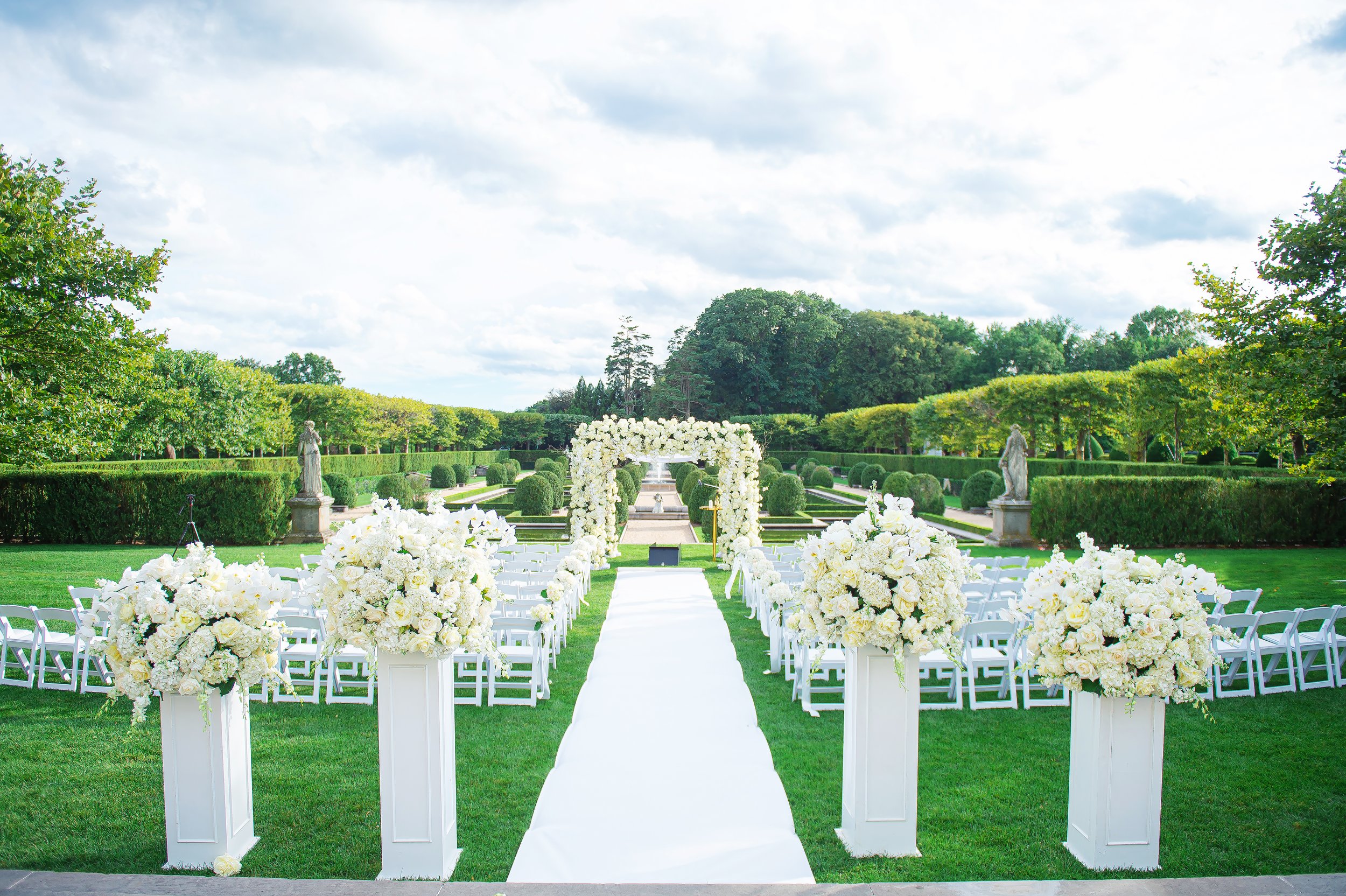
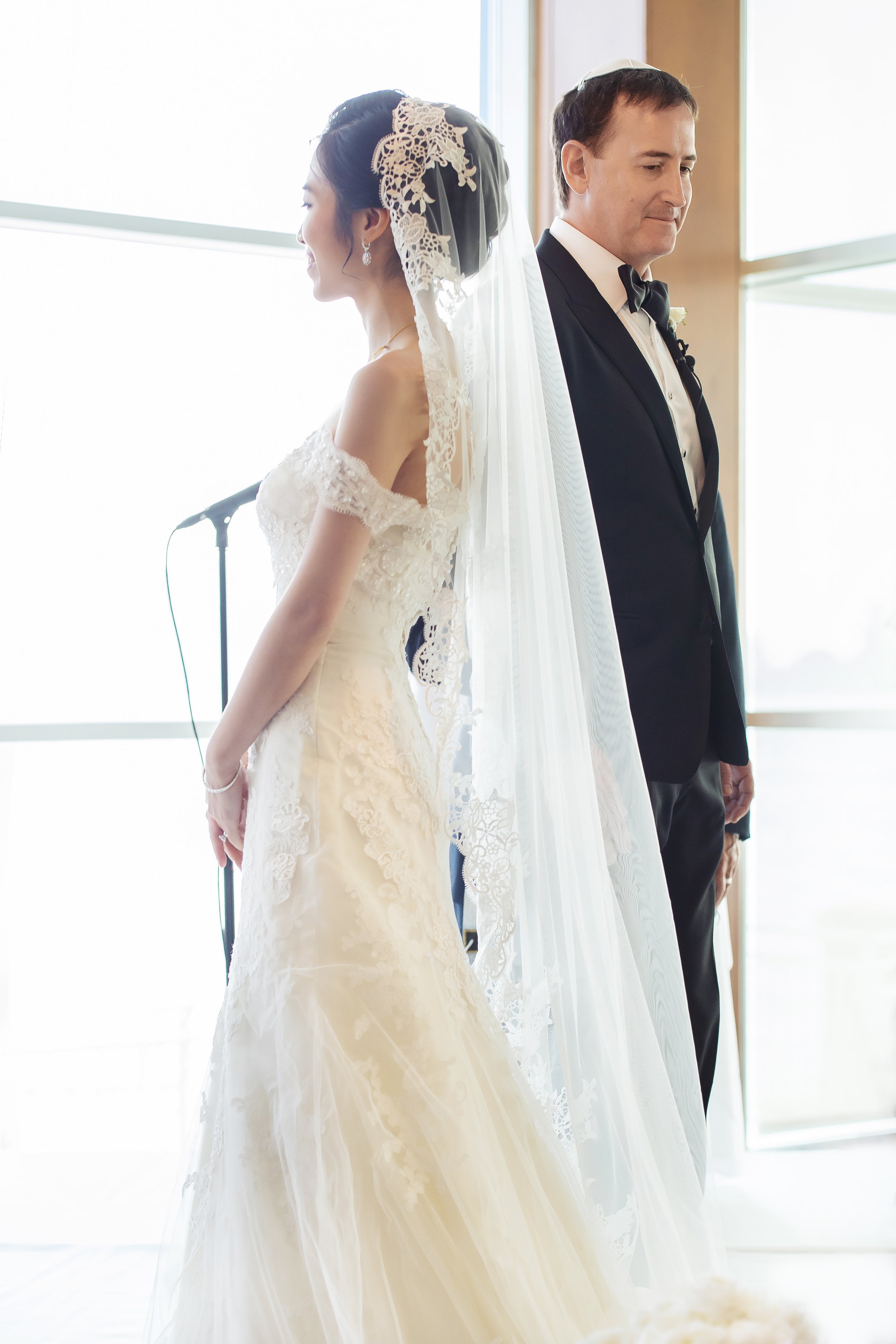
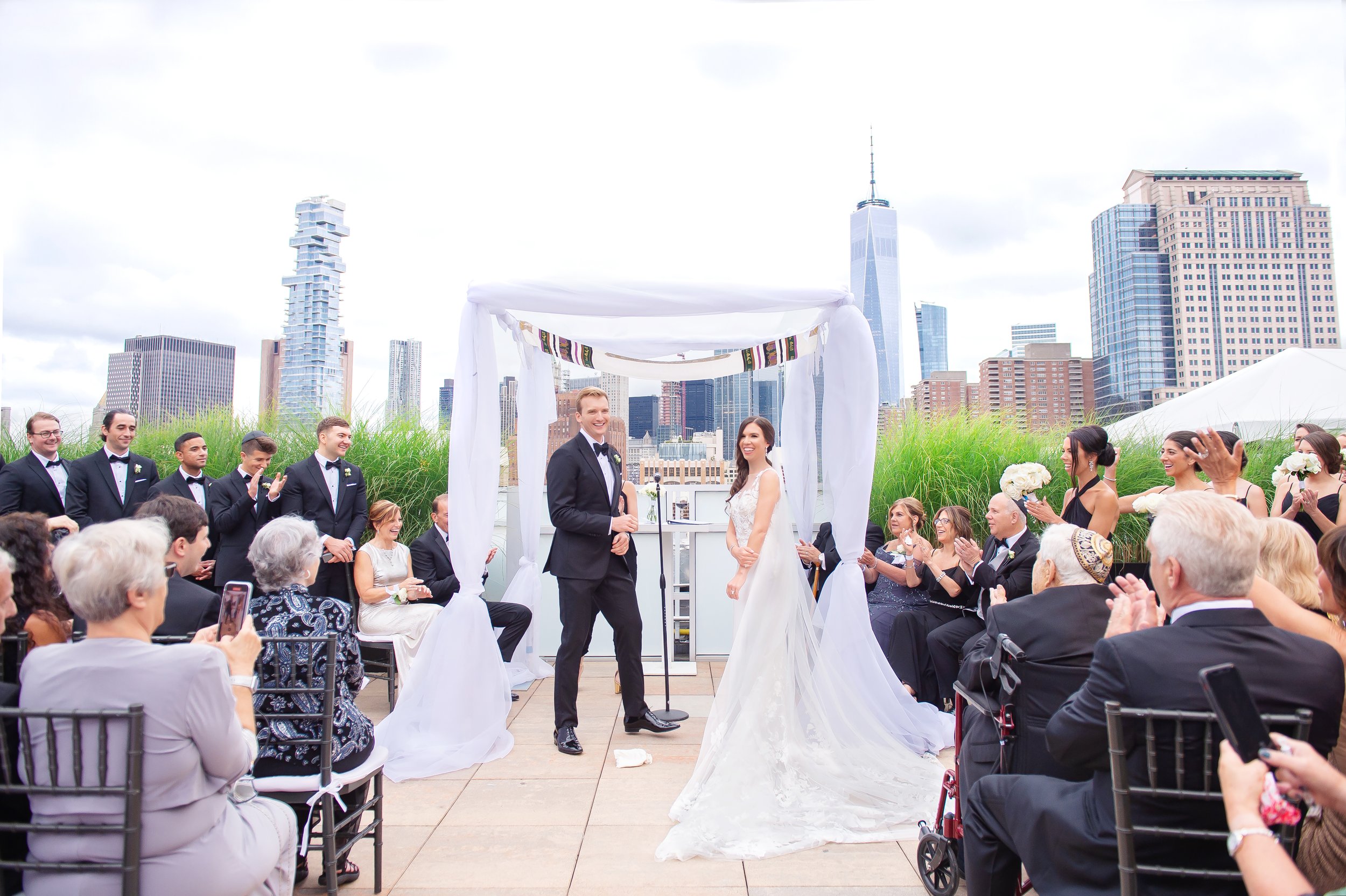
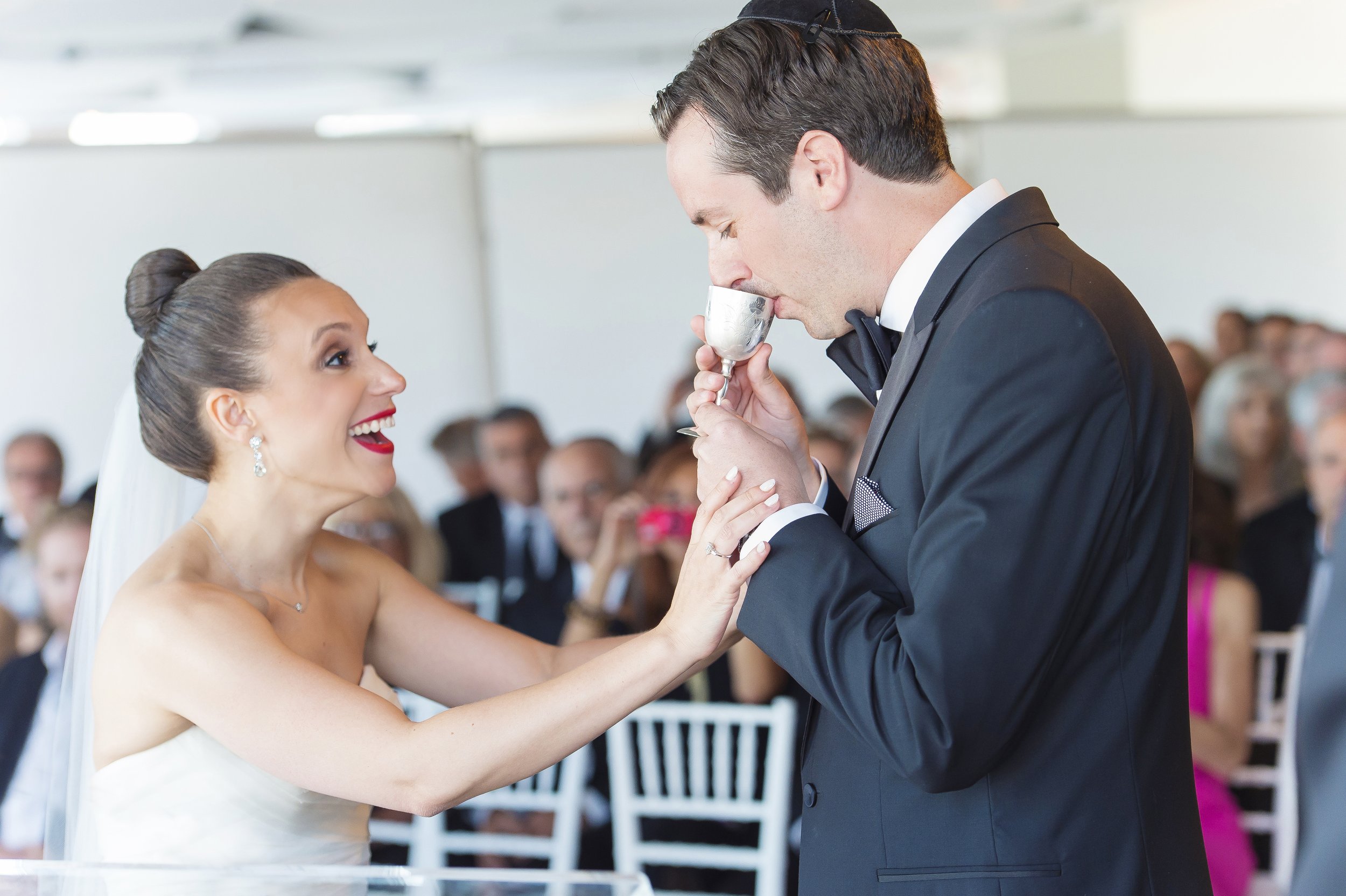
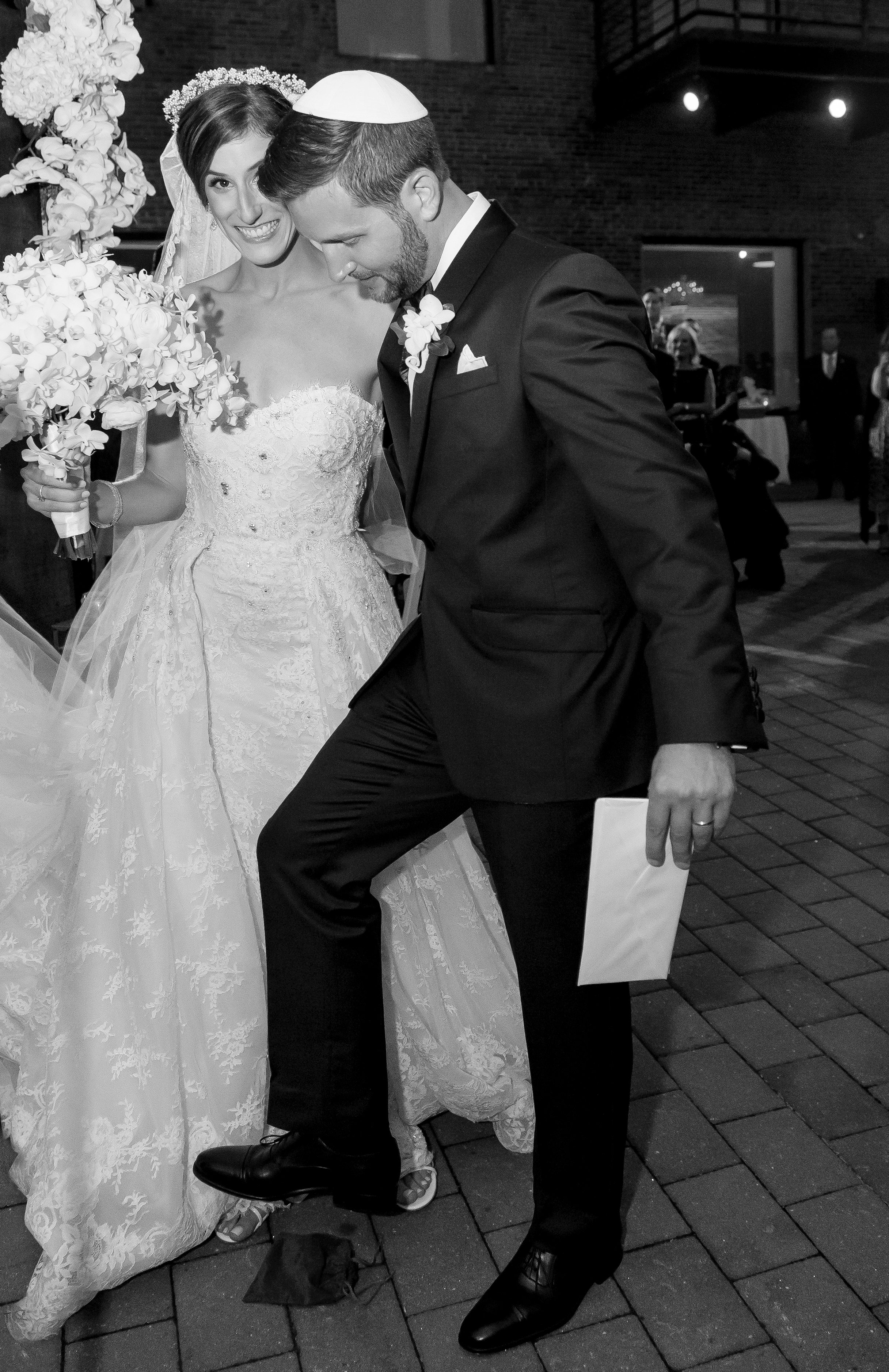
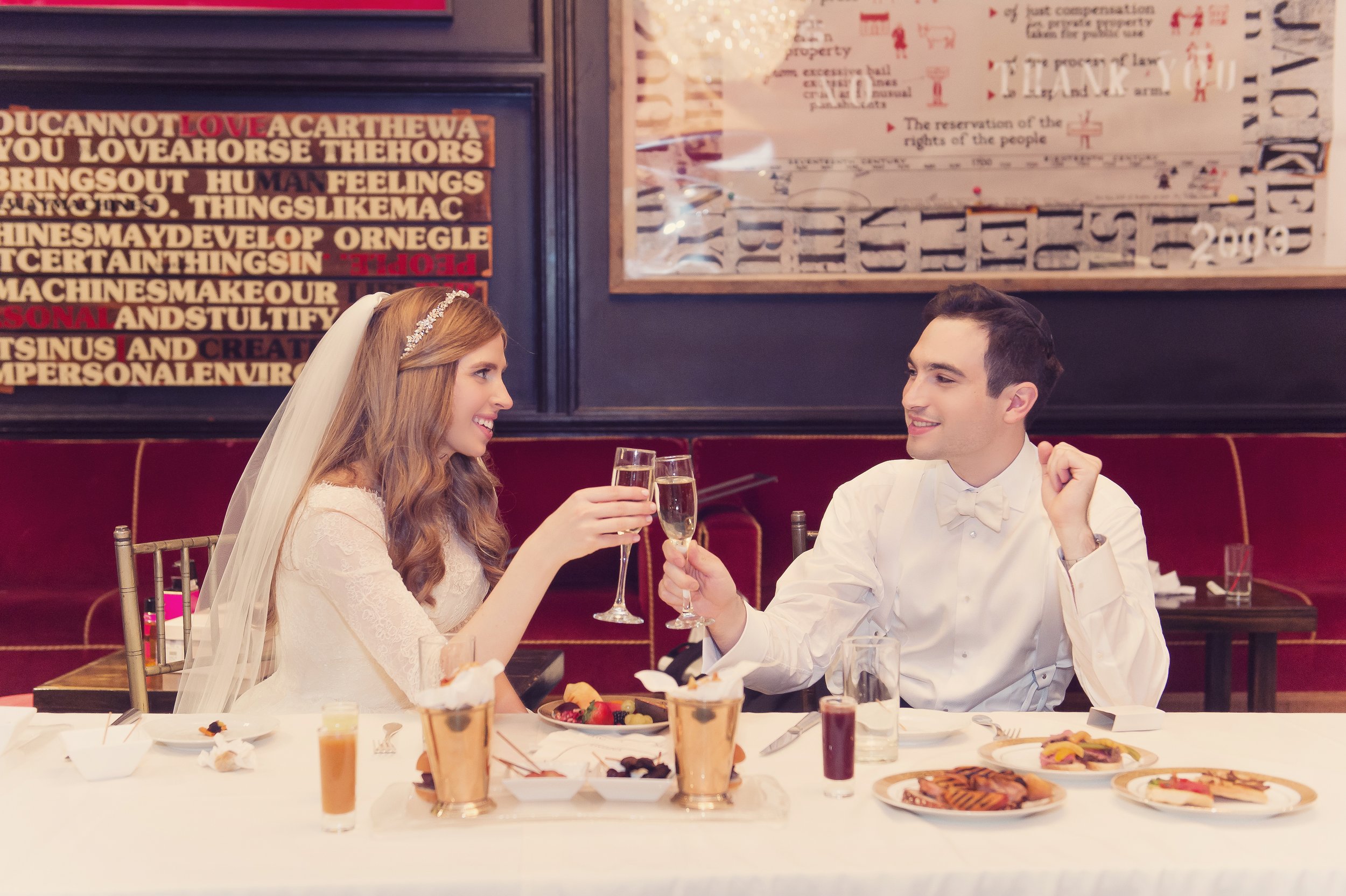
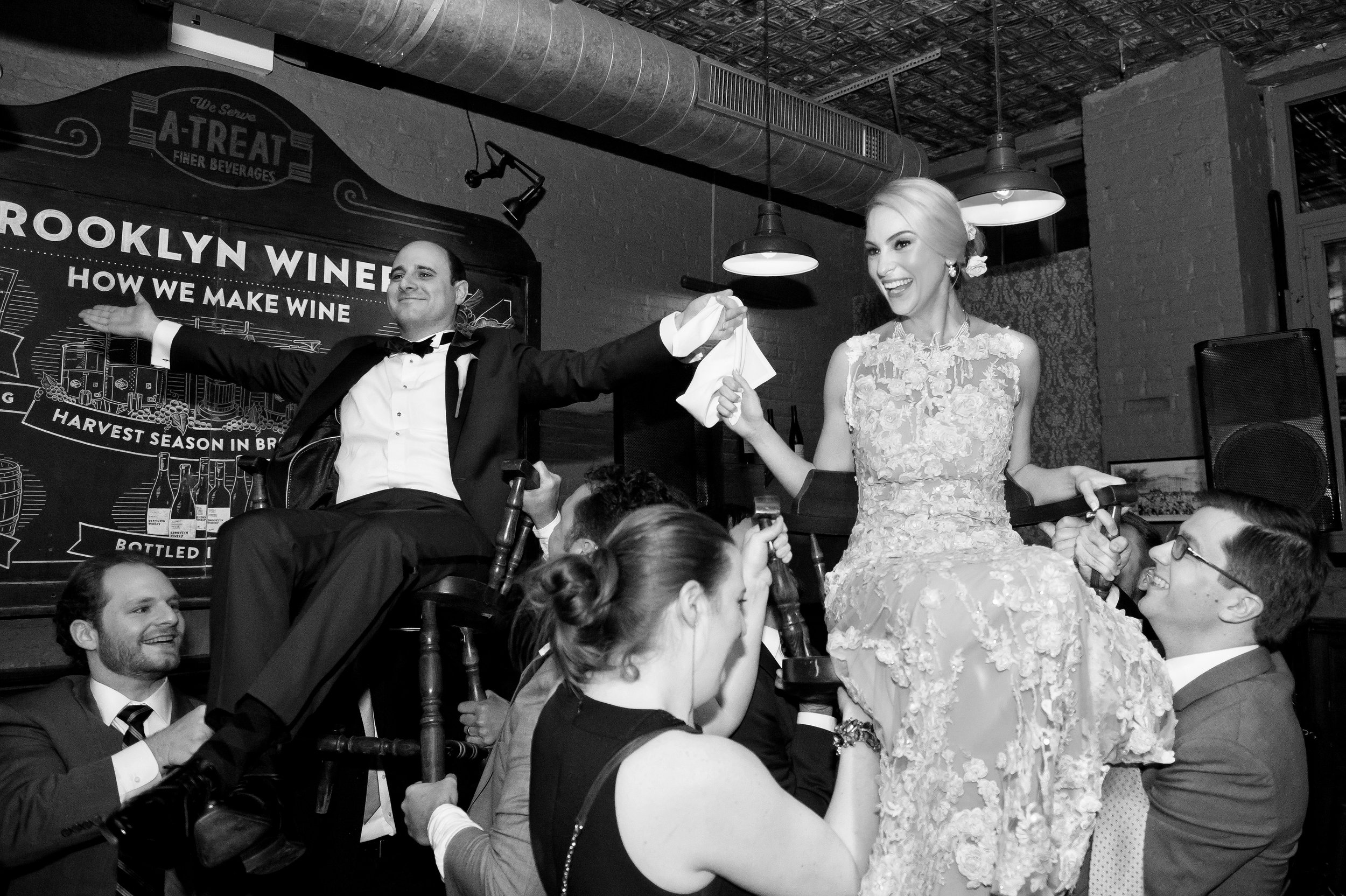
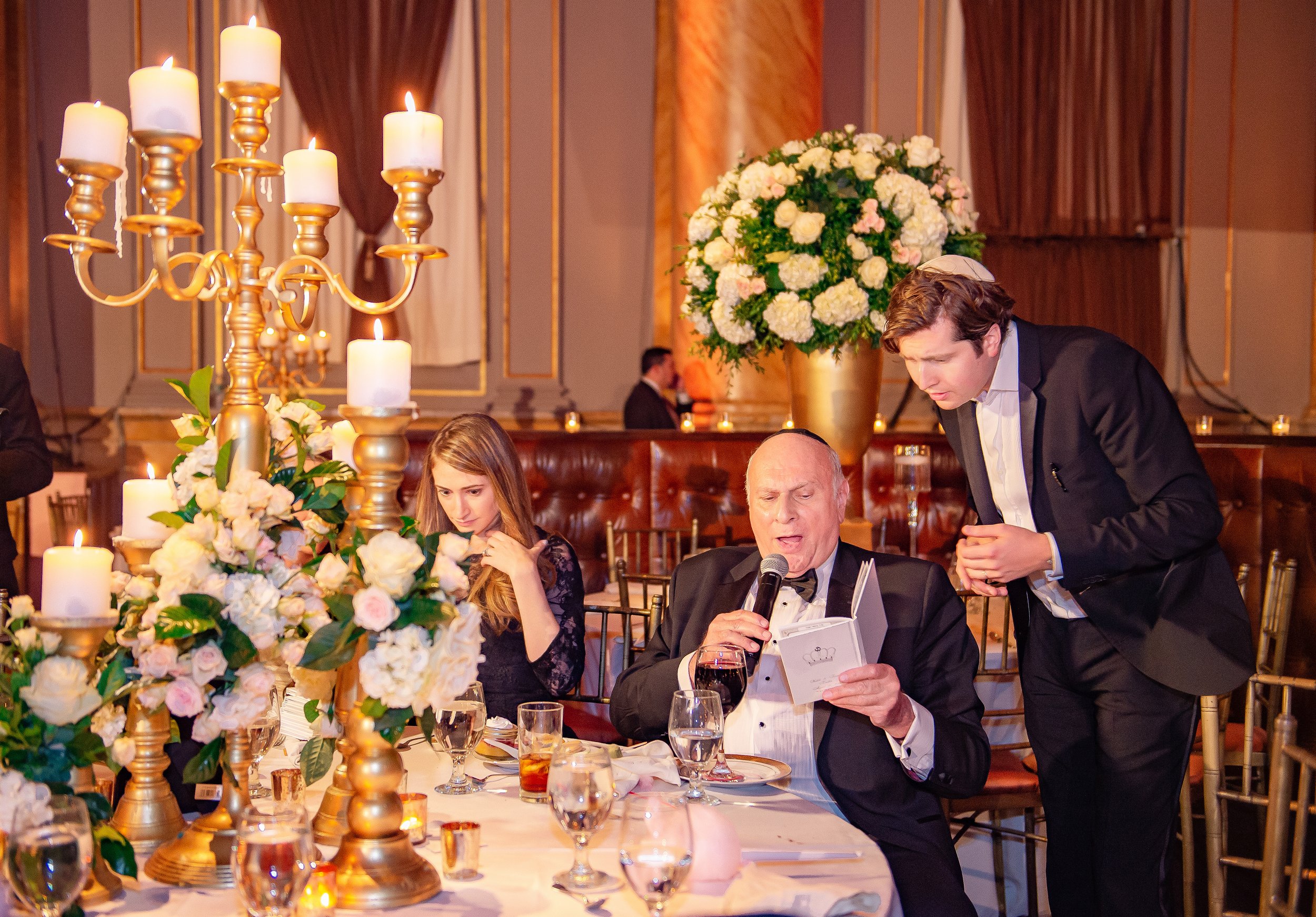




Read the Comments +